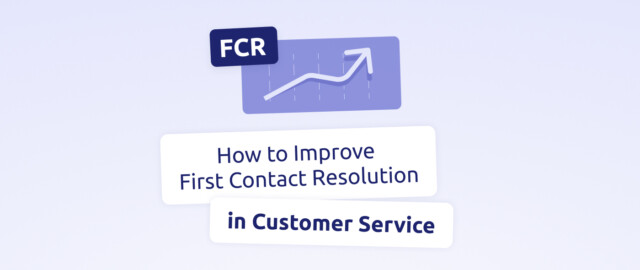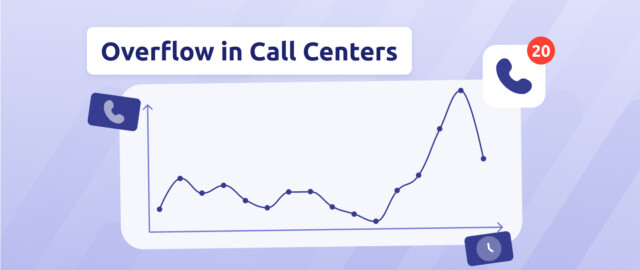A necessary union
Within these two segments of the software market, publishers have become aware of the importance of offering companies an overview of both activity and customers. There has been a tendency over the last few years to see CRMs propose partial management of communication channels and customer interactions, but without offering the expertise and the level of functionality of contact centre solutions. The latter tend to offer integrated customer data sheets, usually imported synchronously or asynchronously from CRM. This option assumes, among other things, that:
- The CRM exists – However this is far from the general case, particularly with businesses set to decrease their investment in CRM solutions by 35% in 2019 according to the latest CIO Agenda report from Gartner.
- And, if the company is equipped, that its CRM technology is sufficiently recent and open to allow this type of interfacing.
Ultimately, choosing a CRM that does a “a bit” of interaction management or a contact centre software that makes “a bit” of CRM, or even developing a specific interface between the two is not the solution we recommend at Diabolocom. On average, agents spend 15% of their time searching for information across different systems. We believe that it is the tight integration of the two solutions that results in the best quality of service, the most complete vision of the customer and enhanced agent productivity. This integration allows the entire optimisation of the management of the customer relationship, the life cycle of the customer and the activity of the contact centre.
Discover all the benefits of CRM and contact centre solutions integration for improving customer relationship and sales in our video- let’s talk about it together!
Curious to know more about Diabolocom?



